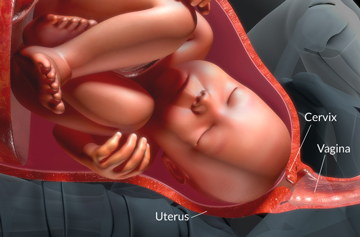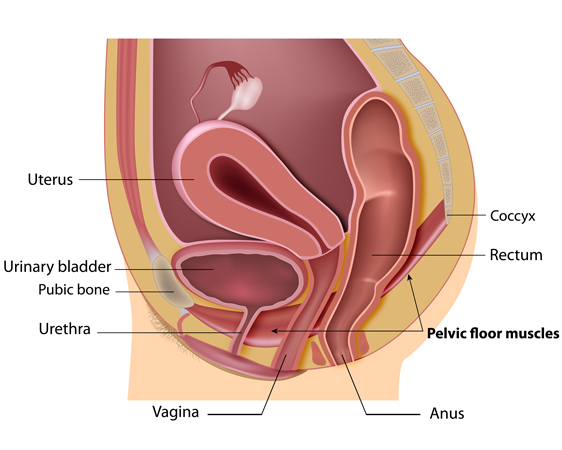
Vaginal Laxity is most commonly described by patients as a lack of sensation with intercourse or decrease in sensation with intercourse. This condition is more common in women who have experienced a vaginal birth, but other women also experience this symptom.
Common Symptoms & Concerns
- Feeling of wide/loose vagina
- Decreased sexual satisfaction or gratification
- Decreased sensation or friction with sexual intercourse
- Large vaginal opening or problems with tampons falling out
- Scar tissue at the vaginal opening or perineum
- Gas-like noises during intercourse
About Vaginal Laxity (Looseness)


- Pelvic Floor Nerve Dysfunction
(Branches of Vaginal) - Weakened or injured deep pelvic floor muscles
- Vaginal mucosa stretching/laxity
- Weakend or injured vaginal inlet pelvic floor muscles
Improvement of vaginal laxity FIRST involves a complete assessment of all of these components to determine the most appropriate therapy. Performing a “vaginal rejuvenation” procedure or device without a prior thorough medical examination by appropriate medical providers is a recipe for disappointment. We have seen many patients who present saying the “Mona Lisa Laser Procedure was performed on me and it did not work!” More likely than not the Mona Lisa Laser did what it was supposed to do. However, what it did and was supposed to do was NOT what the patient NEEDED!
The first step to helping to solve any problem is to first understand what is causing it – then make informed decisions on options to address the problem. Sometimes women have multiple of the above components involved which means that they may need multiple treatment methods to address.
Treatment Options for Vaginal Laxity
A number of different changes in each woman can result in vaginal laxity symptoms. Dr. Ashford employs a range of treatments to address specific changes in each patient. Treatment options for vaginal laxity include:
Vaginoplasty
Repair of vaginal outlet muscles and connective tissue of the entire length of the vagina.
Read more about vaginoplasty.
Laser Therapy
CO2 Laser directed to vaginal tissues improving collagen strength in connective tissues, improvement of blood flow and nerve function.
Read more about FemiLift.
RF Energy
RF provides electrical energy to the vaginal tissues resulting in improvement of collagen strength of the connective tissues, improvement of blood flow and nerve function.
Read more about Thermiva.
Read more about Viveve (Geneveve)
Pelvic floor Rehabilitation
Therapy directed towards strengthening and building the deep pelvic floor muscles ( pubococcygeus, Iliococcygeus and puborectalis muscles) along the entire length of the vagina.
Read more about Pelvic Floor Rehabilitation.
Goal to optimum “vaginal rejuvenation” is improvement or all or as many aspects of the layers of the vagina as possible.





